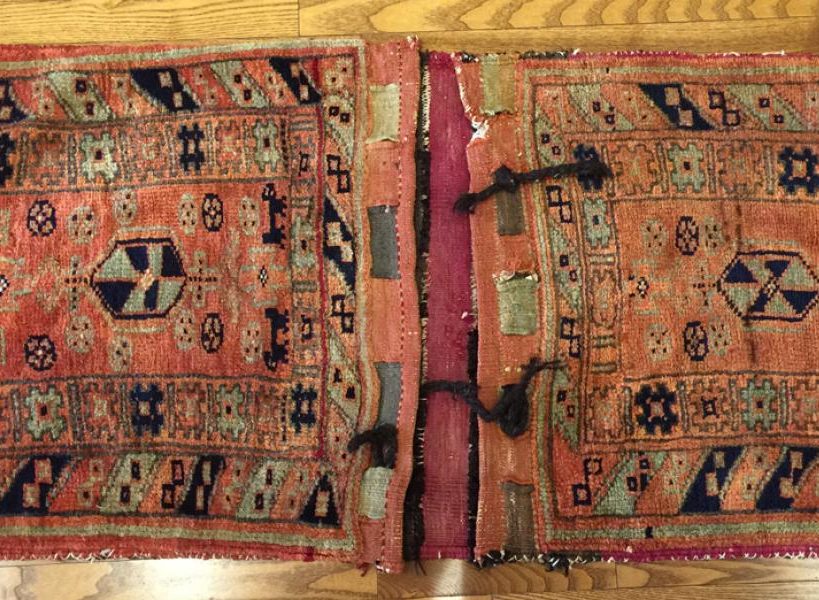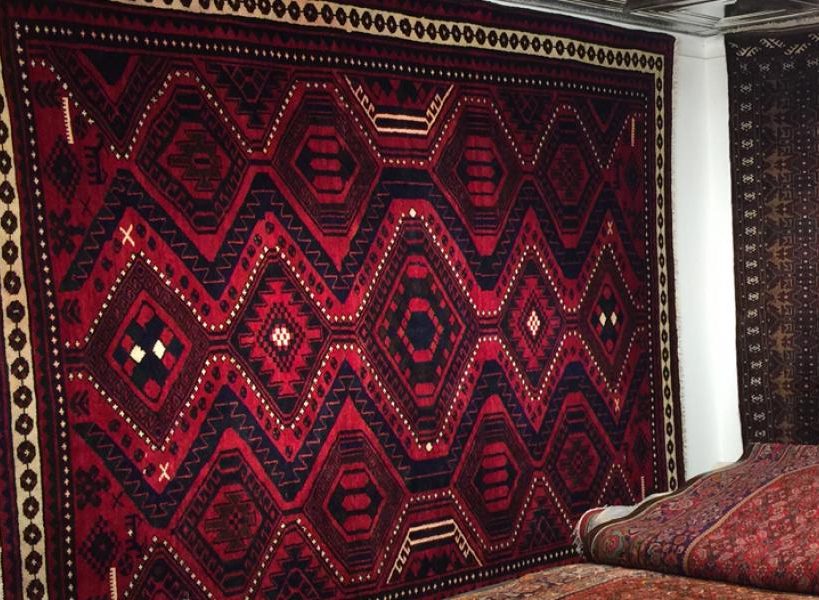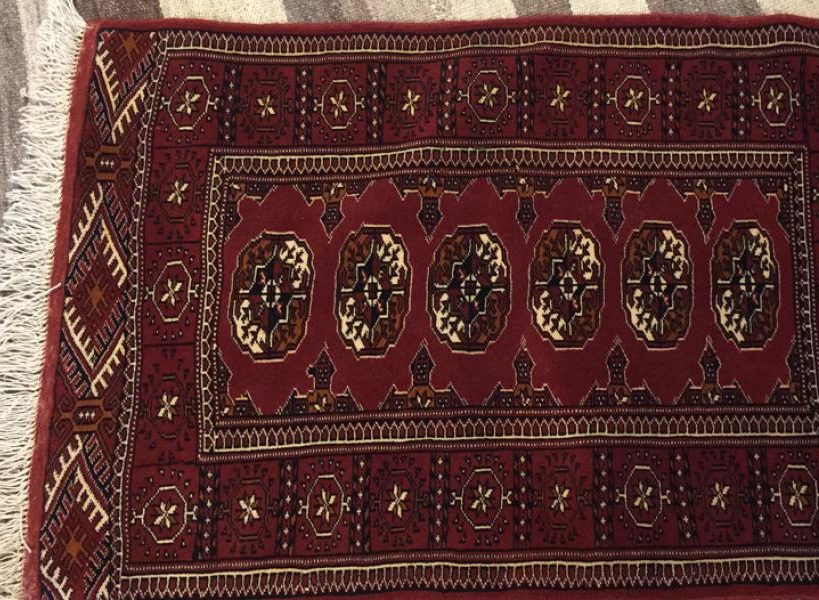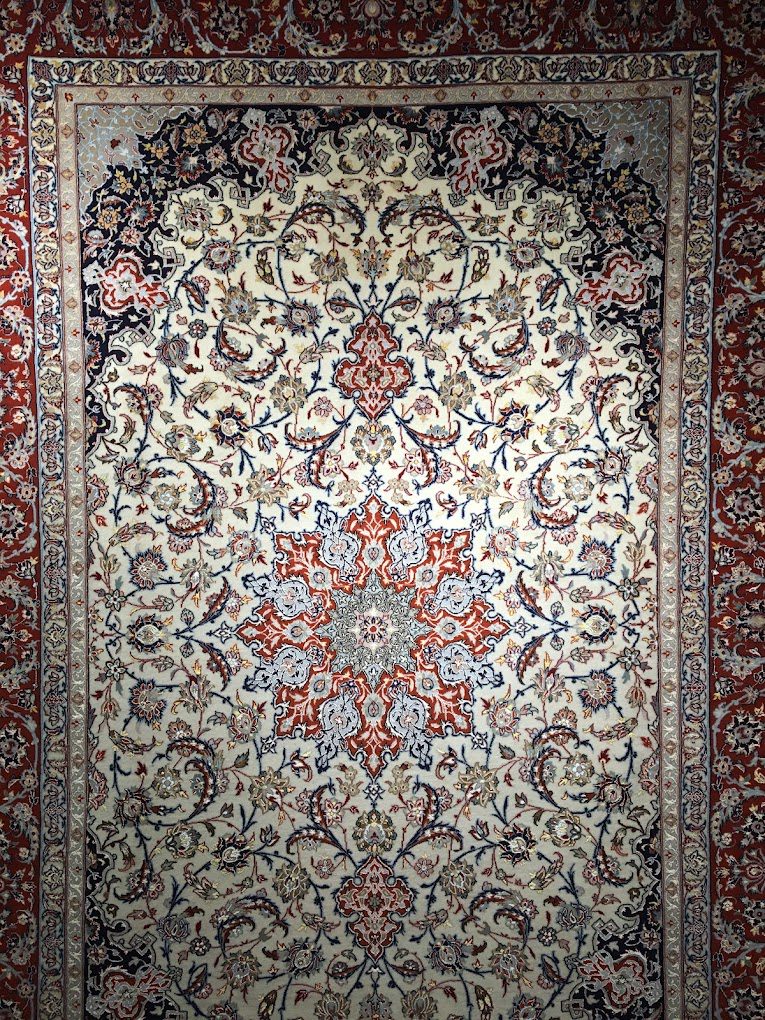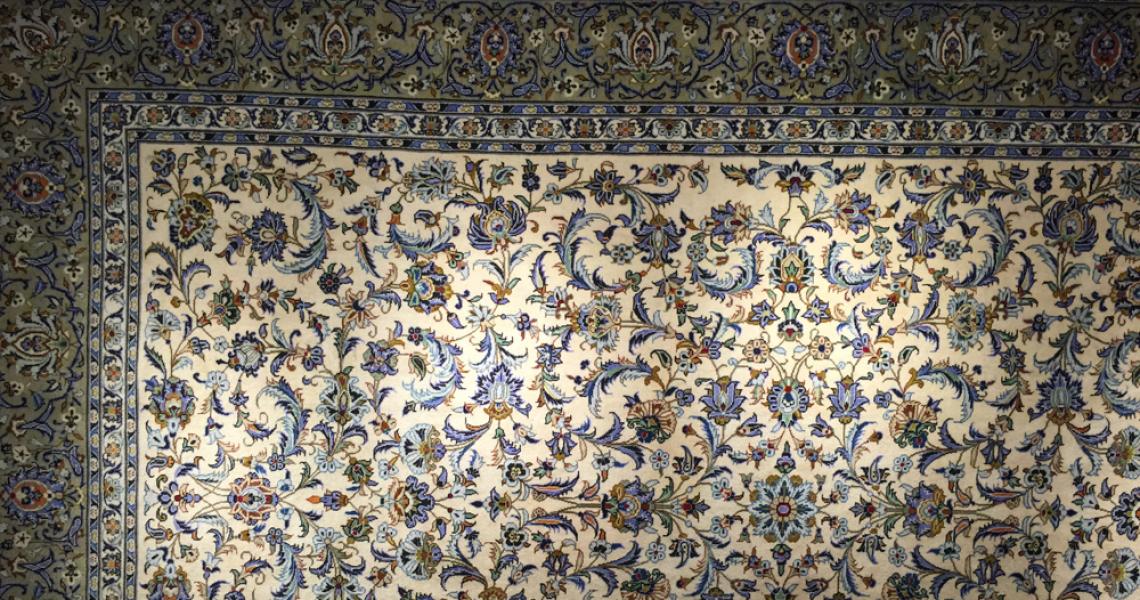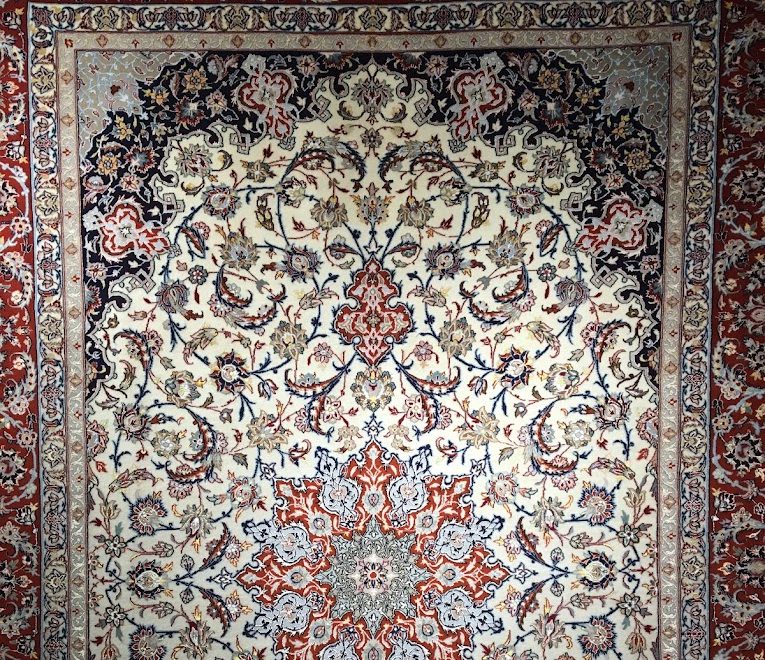Types of Fine Rugs
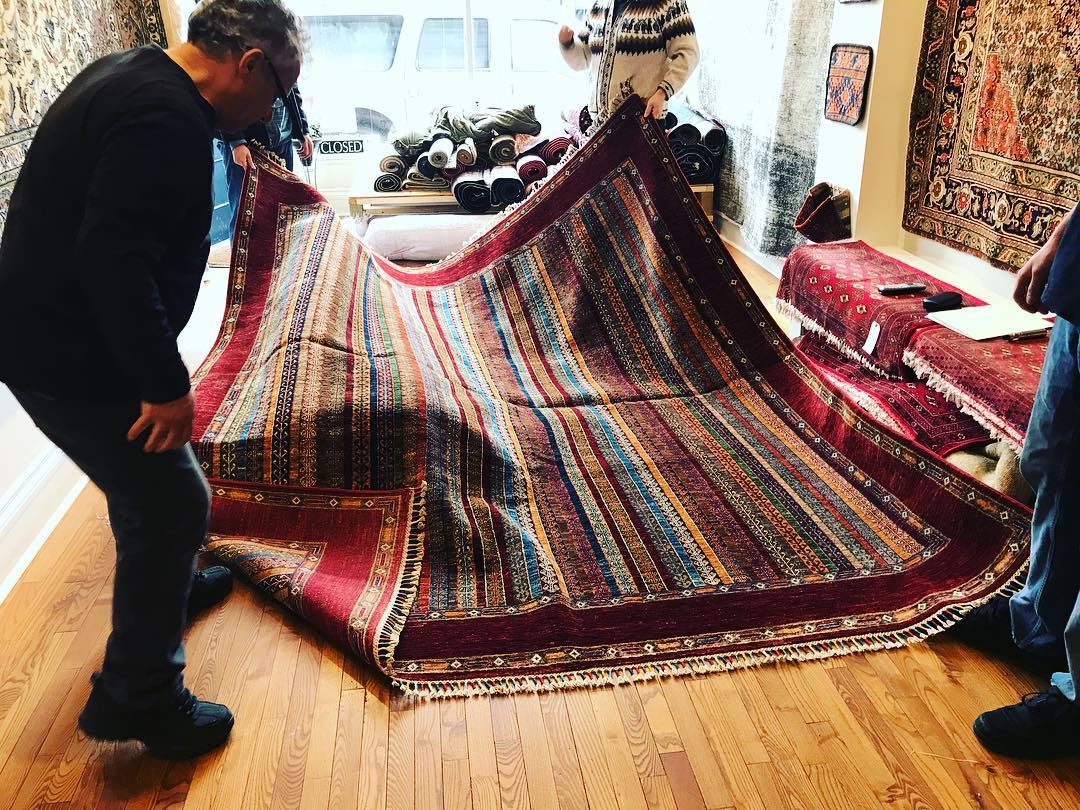
Types of Fine Rugs
The biggest producer of carpets is Iran (ancient Persia), where the history of carpet weaving dates back thousands of years. Other major producers include India, Afghanistan, Pakistan, Turkey, and China. Most of the rugs these countries weave are based on Persian designs.
To categorize the variety of Persian or Iranian carpets produced, experts further classify them as tribal, village, or city made. So from all the variety, a fairly neat taxonomy emerges. First, identify the country of origin. If the rug is Persian, you can categorize it as city, village, or tribal.
Types of Persian Rugs
Tribal Rugs
The weavings of tribal nomads today are most similar to what the earliest rugs would have looked like. Typically, they feature only a few dark hues and simple, geometric motifs. The patterns generally identify ethnic groups or even clans or families. One family—even one person—may have sheared the sheep, dyed the wool and woven the rug. Tribal rugs have an honest, charming quality. Wool pile and foundation are common, although cotton foundation is seen on more recently produced pieces. Goat and camel hair are also sometimes employed. Silk—expensive and impractical to obtain—is almost never used. Carpets larger than 7’x10’ are rare (they’re too heavy and difficult to haul around). Although some nomads remain in Iran, many tribespeople have settled in villages. The rugs they produce are distinct from those of their nomadic relatives.

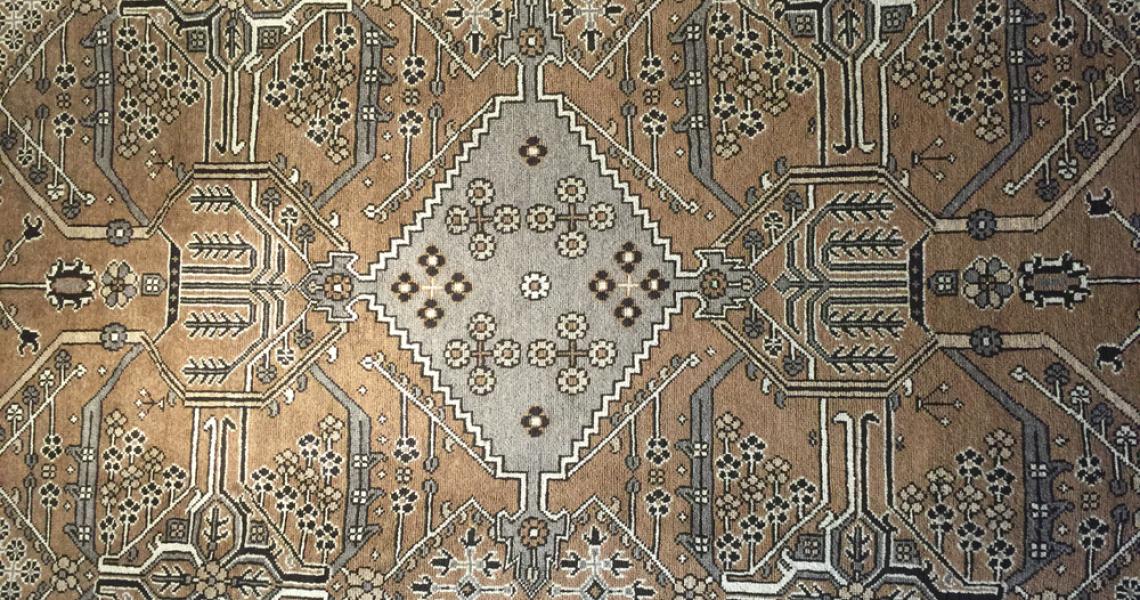
Village Rugs
The colour palette is predominantly dark but more varied than that of tribal rugs, with anywhere from 4–25 colours used in a single piece. Geometric motifs are common, but some floral designs are also produced. Overall, designs are more complex and also more mutable with multiple influences (tribal identity, designs from neighbouring cities, even borrowed motifs from Western tastes such as the gul farang or French rose that is common in Bidjar and Bakhtiar rugs). The knot count is generally higher than in tribal pieces, and the workmanship is, on average, more sophisticated. Some very large carpets are produced.
City Rugs
Colours are often lighter (less practical for nomads but appropriate for grand homes). Curvilinear floral designs, complex geometric patterns and pictorial rugs are all produced with regularity. Patterns tend to represent history or place more than ethnicity. Wool pile on cotton foundation is the most typical material combination. However, rugs with silk foundation, silk highlights or of pure silk (some with more than 1000 knots per square inch) are also woven. City rugs come in all sizes and shapes.
In addition to the weavers, there are loom-makers and loom-setters, dyers, and pattern designers. Most fine pieces are sent to a specialist for shearing before they are ready for market. Unlike among the tribes or in villages – where weaving is mostly a family affair – city rugs may be produced in a workshop run by a master weaver who supervises (and signs) the rugs produced under his name. With few exceptions, master weavers are men.
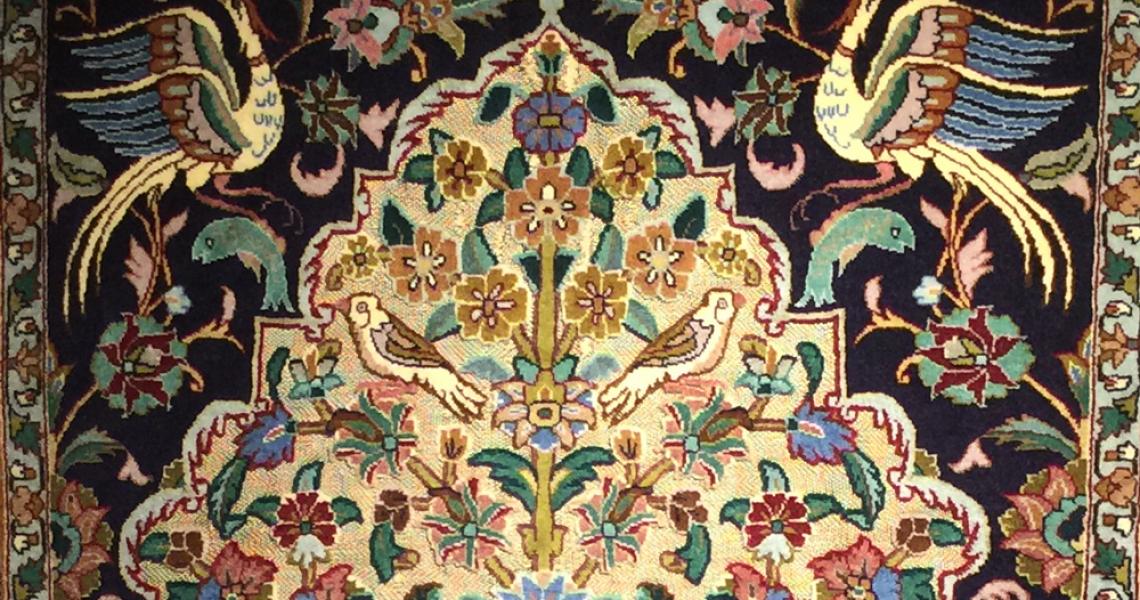
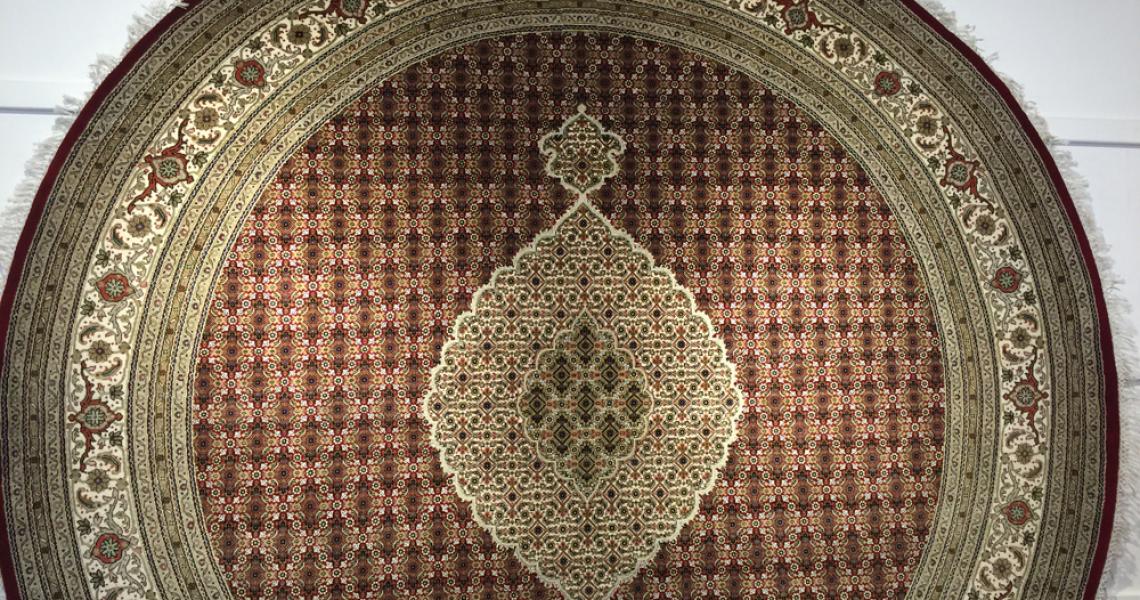
Country of Origin
The major producers of rugs outside of Iran are India, Afghanistan, Pakistan, Turkey, and China. Most of the rugs these countries weave are based on Persian designs.
Indian Rugs
Carpet weaving may have been introduced to India with the coming of the first Muslim conquerors.
Read More
More recently, India has begun making carpets with very modern designs and pieces based on Persian motifs. Custom-created carpets are also possible: anything drawn in 2-D can be custom-commissioned into a carpet in India.
Afghanistan and Pakistan
Before the Soviet invasion of Afghanistan, there was a distinct Afghan rug type with tribal pieces made by the Turkeman and Balouch tribes and some finer city-type carpets such as those made in Herat.
Read More
With over 4 million Afghan refugees in Pakistan, it is easiest to talk about a combined Afghan/Pakistani rug convention under which several types or brands are made and marketed. Bokhara and Jaldar rugs use machine-spun wool and borrow designs from Persian Turkeman rugs. Then there are Kazak and Chobi rugs, new pieces made to look like antique Persians. These pieces are knotted using hand-spun wool, then stonewashed and tea-dyed to evoke an antique look. Chobi rugs borrow botanical motifs from the masterworks of Tabriz and Sarough, while older Caucasian carpets inspire Kazak carpets with geometric designs.
Turkish or Anatolian Rugs
Carpet weaving was possibly introduced into ancient Anatolia (modern-day Turkey) by nomadic tribes.
Read More
Weaving in Milas dates to the 16th century. The rugs produced there feature distinctive arch shapes and are typically woven in mustard yellow and blue wool. Kayseri produces wool and silk rugs, although Turkey’s finer silk rugs come from Hereke, a weaving center established in the middle of the 19th century. Today, Hereke produces mostly single-knotted silk rugs in Turkish and Persian designs. Although Turkey doesn’t produce many rugs, it is a large marketplace for rugs worldwide, particularly those made in Pakistan, Afghanistan, and China.
China
To talk about rugs in China, we must distinguish between pre-20th century rugs and later pieces.
Read More
However, since the First World War, Chinese rugs have been made for the market in the West. These include the well-regarded Art Deco rugs from China and up to present-day pieces made mostly in traditional Persian designs.
When speaking of Chinese rugs, it is also important to note that the rugs of Turkestan and Tibet form their distinctive rug types, although most so-called Tibetan carpets are woven in India.



